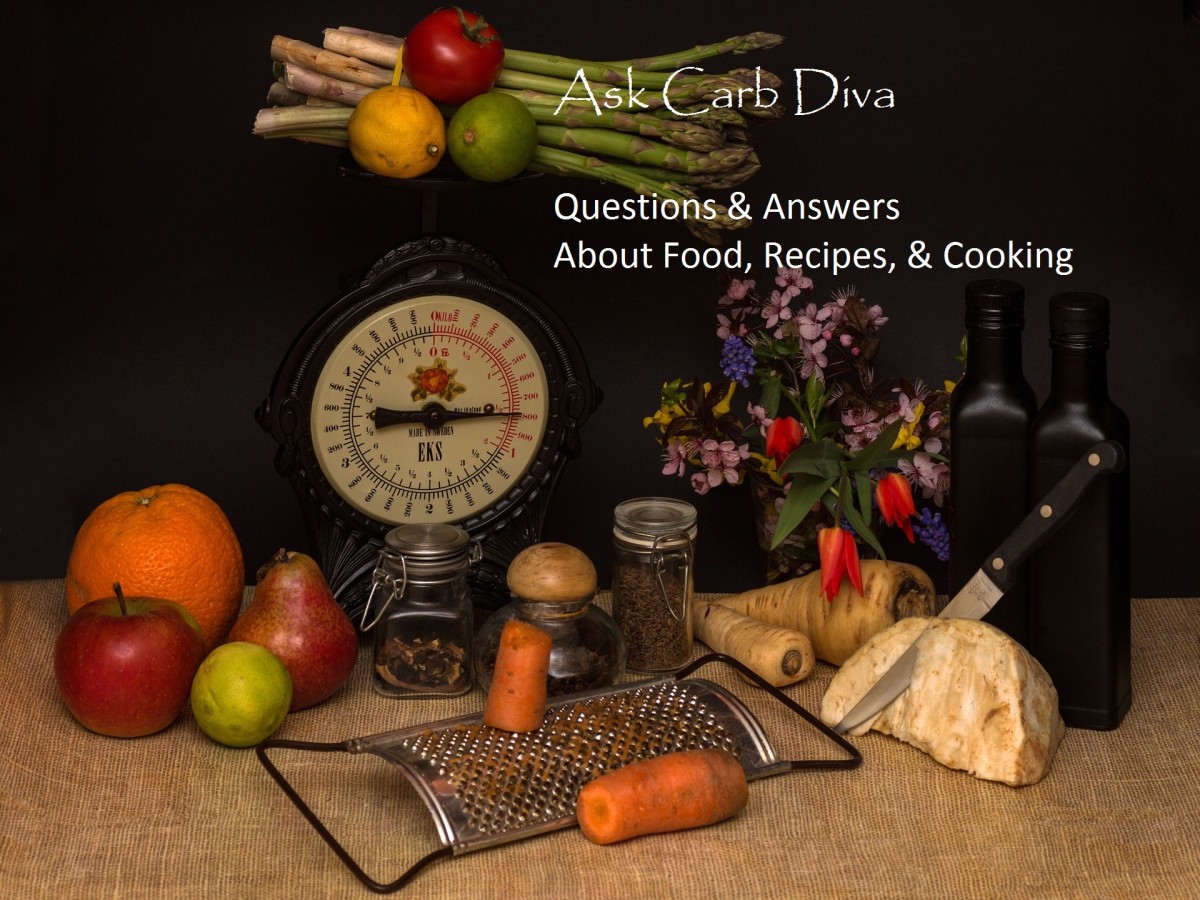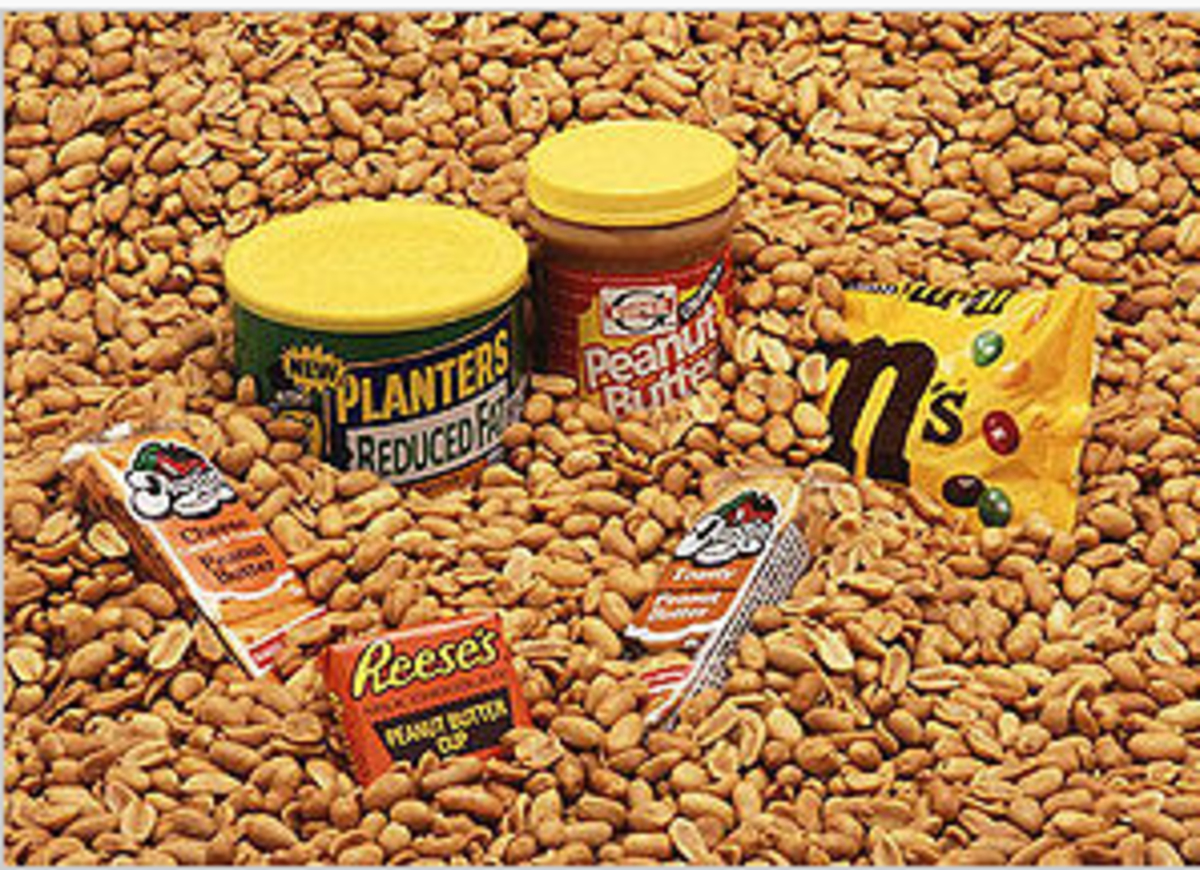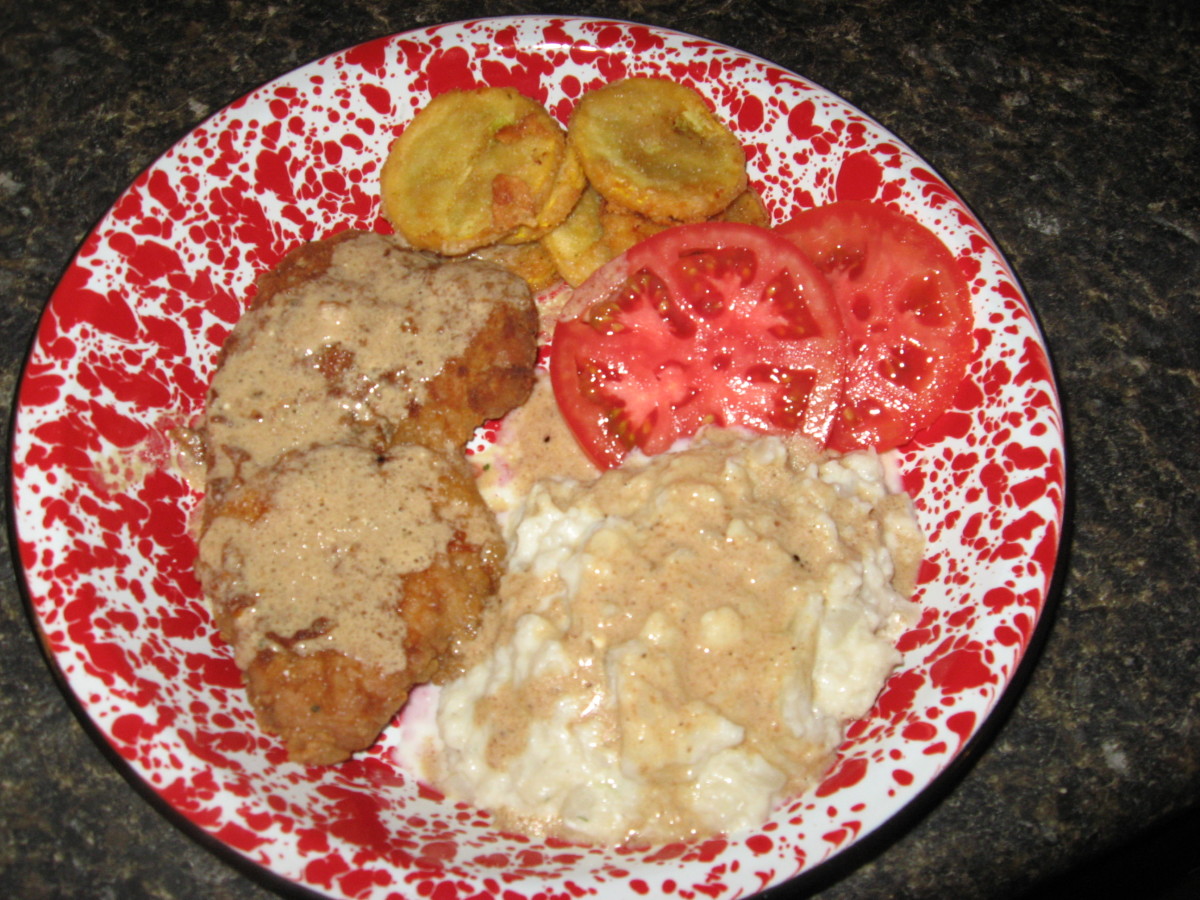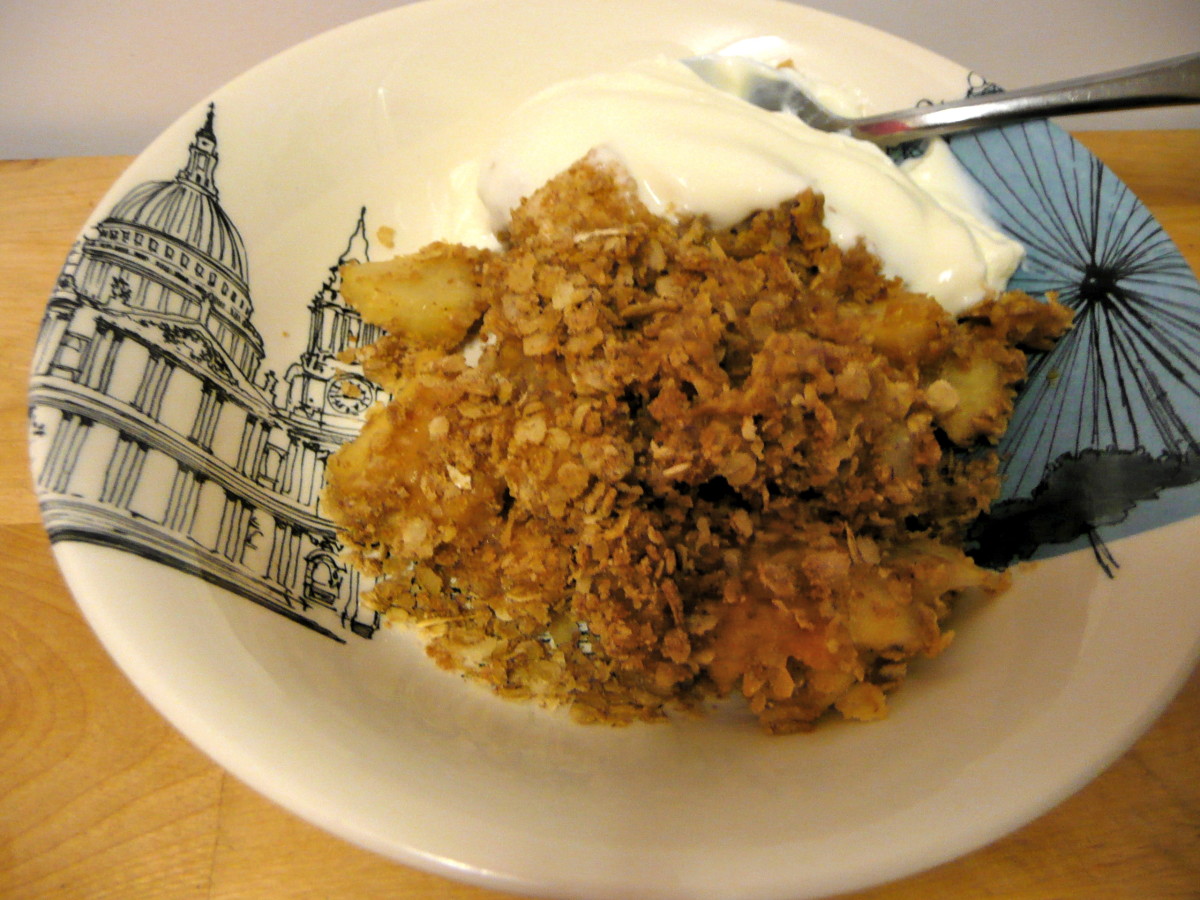Kitchen Safety with Food Restrictions
Take Control of the Kitchen
There are a myriad of reasons someone might need to restrict their diet. However, when an individual develops a food allergy or intolerance careful avoidance becomes vital. Since food allergies can strike at any point in time, from infancy to old age, the diagnosis often sends families into a whirlwind of confusion and fear. Food is a building block of life. It shouldn’t be a danger. But, for some, it becomes one.
This doesn’t mean that as an individual with a restricted diet you need to live in fear. Or even that you need to feel restricted for the rest of your life. Once diagnosed with food intolerances, take hold of your life by taking control of your kitchen.
Some people don’t want to impose restrictions on other family members. When diagnosed with a mild food intolerance, they become martyrs, suffering silently because they don’t feel that they have a right to dictate what’s available in the family kitchen. Others try to eat safely, but again, as adults, they don’t want to make demands.
The home is supposed to be a safe haven for the family. If you are diagnosed with a food allergy or intolerance as an adult, you need to find a way to make your kitchen safe for you and your family. Food intolerance does not have to be restricting. By making the kitchen allergy-friendly, you are not imposing restrictions. You are freeing yourself and your family to eat freely, to relax and enjoy each others' company. But first, you may need to make a few adjustments.
Day 1, Stage 1
Start by cleaning out the kitchen. Empty the food cupboards first. Completely empty them, don’t bother trying to sort them out without making a mess. Just get a couple big boxes, fill them up and dump them on the table or the (clean) family room floor. Sit down amongst the cacophony of cans and boxes and start sorting. Label one of your boxes “(Your allergen) snacks for the family” This box will get filled with cans of soup, snack bars, crackers and other snack foods that family members will consume but are unsafe for the allergic individual.
Label another box “Safe for everyone”. This box gets filled with the foods that are safe for everyone, from soup to flour to spices. Before tossing anything in there, though, ask yourself whether that particular bottle has been opened and whether or not the contents have come into contact with an allergen. When baking, lots of people use the half cup measuring scoop in both the sugar and the flour container. The assumption is that a little sugar won’t hurt the flour, and a little flour in the sugar won’t hurt. As far as germs and bacteria go, this is completely true. Likewise, a dusting of flour in the sugar won’t affect the taste of your morning cereal or your next batch of cookies. But, if the allergic individual in your household can’t have flour, your sugar bag is essentially poison for them. Cross contamination is one of the biggest dangers for a family with just a few family members with food allergies. Food safety and food allergy safety are two very different things.
You’ll need a third box (and maybe a fourth) labeled “Donate or toss”. Obviously, this box is for food items that won’t get used by family members in the near future or that have been contaminated by allergens and are not safe for the allergic individual to use. Friends or extended family may be happy to receive these kitchen hand outs, and any unopened packages will be gratefully accepted by your local food bank.
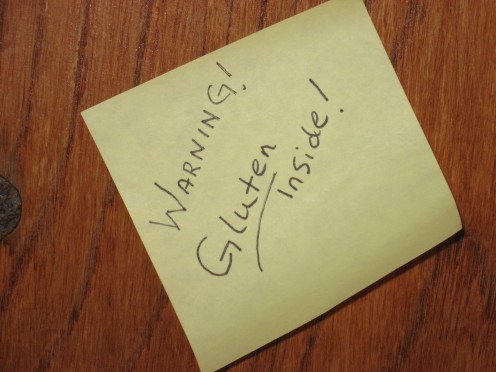
Day 1, Stage 2
Once you’ve sorted out all the food, scrub out the cupboards. Ideally, you’ll have kids or a supportive spouse working on this while you’re reading labels in the family room, but the reality is that if you’re reading this article, you’re the one who does most of the work. So go ahead and scrub everything out. It may not be strictly necessary, but it sure feels good to have a clean shelf to put your food back into!
Before you load those cupboards back up, take a critical look at the way your kitchen is organized. Grab a package of sticky notes. If you are planning to have a kitchen with both allergy friendly and allergy filled foods, you will need to make an effort to keep things somewhat separate and therefore SAFE for the allergic individual.
In my opinion, the simplest arrangement is to choose one cupboard or shelf for all the “dangerous” allergen-filled foods. At least the snack foods should be contained in one place, separate from the safe-for-all foods. The reason I like to keep the unsafe foods together rather than a specific allergy-friendly shelf is that the home is a haven. Everyone should feel at home, confident and safe there. Allergy friendly foods won’t hurt any individual member of the family. But accidentally grabbing the wrong granola bar can mean misery for the person with a food allergy.
By keeping a special “allergen-filled” section, the entire family has unrestricted use of the kitchen, and the family members who can eat allergens have an additional privileged section of food to check for snacks. This tends to make everyone feel more confident, since the non-allergic family members don’t have to worry about poisoning someone accidentally and the allergic individual can let their defenses down just a little at home.
Where should this special shelf or cupboard be? Instinct tells us that restricted items go up high. However, Sir Isaac Newton introduced us to the laws of gravity…what goes up will drizzle down one way or another. Rather than placing the foods containing allergens up high, where cereal or bread crumbs will fall onto shelves and countertops underneath, I find that it’s safer and easier to keep the allergy-filled foods down low. Use your sticky notes to label the outside of cupboard doors to help you remember your new arrangement and to inform others of where foods are and where new groceries will go. It won’t take long to get used to the new system, but it’s a good idea to have a visual reminder that things have changed for the first week or so. After you clear out the cupboards, don’t forget to clear out the fridge and freezer too. This is a great opportunity to get rid of that science experiment that used to be meatloaf, the chutney no one has touched in 3 years, and those awful off-brand fish sticks someone bought that have been sitting in the back of the freezer for who knows how long. And once you’re done with that, return to your boxes and sort everything out like you did before.
Again, potential spillables should go down low and safe foods up high. Personally, I think it helps to have a clear storage box for unsafe foods in the fridge, since produce goes in drawers down low and a spilled carton of milk will never completely scrub off of delicate lettuce if there’s a dairy allergy. We’ve tried. It just didn’t seem worth taking a risk.
Now, if you have anything left in the donate/toss box…toss what needs tossing and set the donations by the front door. You aren’t done yet.
Day 1, Final Stage...You're Almost Done!
It’s time to take a close look at your kitchen appliances. If your kitchen is like mine, you’ll want to do this on a section-by-section basis. Start with the counters. Toasters are no longer safe. There is no way to get all the crumb residue off of toaster tines. Toasters are relatively inexpensive. The one on your counter might become a “Allergen only” toaster (label it); or you can donate it and replace it with a toaster oven. Toaster ovens aren’t for everyone, but when used properly they work, and they accommodate bagels and English muffins better than regular toasters, anyway. Plus, TV dinners taste a lot better prepared in a toaster oven than in a microwave.
Look at your appliances, like the blender, carefully. Are there any crumbs or residue that might be sterile but still contain food proteins? Flours, nut butters, etc all can leave a residue in difficult or impossible to clean places. If the appliance can’t be cleaned to your satisfaction, stick it in the donate pile. If you’ve never used it and can’t imagine ever using it, you might as well get rid of it now, too. You probably don’t need an egg poacher if the allergic individual in your household reacts to eggs. Might as well have the cupboard space for things you do use.
Eventually, your kitchen will be clean. The process probably took you all day, and you’ll feel physically and emotionally exhausted. Treat yourself to some sort of safe frozen treat, or a hot cup of your favorite allergy friendly beverage. Hopefully there is enough safe food left in your house to put off the next stage until tomorrow.
Day 2 - Fill your Kitchen
Waking up to a shiny clean kitchen feels great, doesn’t it? Unfortunately, just having a clean kitchen isn’t quite enough. Your next step in formulating an allergy friendly kitchen is to take a trip to the grocery store. Depending on your personal allergen profile, this may not be quite as easy as it sounds.
Don’t go to the store unprepared. Start with a list. Look at the (possibly overflowing) cupboard full of snacks currently unsafe for the allergic family member. You need a few alternatives. Write that down.
Now, make a list of 5-7 favorite meals. Spaghetti, hamburgers, pizza, whatever. Some will still be safe, or easily made safe. Make sure that you have the ingredients on hand, or add the needed ingredients to your list. Some may need more adapting. Turn to the trusty internet for help and support. Nonprofit organizations such as the Food Allergy and Anaphylaxis network provide lists of what to avoid with the top 8 most common allergies, and support forums can steer you toward allergen friendly favorite products. Write these down, too.
Once you have a list of what you need and brand names to look for, it’s time to head to the store. Choose a time of day when it isn’t very crowded. Mid morning, just after dropping the kids off at school, is often quiet. You don’t want to feel jostled or rushed while you’re reading ingredients. The first few shopping trips after diagnosis you should read all ingredients for everything you put in your cart. Know if it’s safe, know which variety is safe, know what the label looks like so in the future if it changes your subconscious will send out red flags to your brain before you drop it in your cart. Trust me, it will get easier. Shopping, label reading, product choices…it all becomes second nature. But for the first few trips, give yourself extra time and anticipate an extra long, slightly tedious and frustrating visit to the store.
Once you get home, sort all your foods out into their appropriate places, sit down and again treat yourself to your favorite allergy friendly treat. Put your feet up, you deserve it!
Day 3 - Optional
On day 3, if you have young kids and are so inclined, you should tackle the rest of the house. Vacuum those goldfish crumbs out of the couch cushions, wipe the residual fry grease off of the arm rests in the car, empty your (or your wife’s) purse and wash it if some friendly little tot has stored a cookie in there. The idea is to make sure you don’t accidentally get exposed to crumbs whenever you least expect it.
While you’re at it, give your barbeque grill a good scrub, and toss all your sponges. Replace them with new ones, and snip one corner off of the sponge you plan to use on allergen-full dishes or to clean up allergen-messes if you plan to allow family members to continue eating allergens inside the house. Actually snipping that corner is a visual reminder that the sponge is limited-use only. And sponges are an easy way to redistribute miniscule crumbs, having an extra is an easy way to protect your family.
And You're Done!
At the end of all this, your house will look better than it ever has…and maybe ever will. The only thing left to do is enjoy your newly reorganized kitchen, and live safely. I find that having a safe kitchen not only makes family time more relaxing, it makes it easier to go out and enjoy social events involving food. Yes, we risk exposure to foods that might make us sick. But, I know that the products from my own kitchen are safe. I know that when I get home, it will be easy to get safe food and calories on the table for myself and my food-allergic child. And I know that if I do get a little bit sick from slight cross contamination while out and about, I can then cocoon myself at home and there is little risk of further illness. My family knows to keep unsafe foods in the unsafe cupboard. They know how to quickly access safe food for me and the child who can't eat everything. On lazy days, they can even cook without asking too many questions.
Food restrictions may be a pain, but they aren’t a prison. By taking a few simple precautions, and taking a few days to re-organize and clear out your kitchen, you can eat and live normally, without the fear of a further reaction at home. In other words, you can eat freely…in many senses of the word. (You will still have to purchase the food in your cupboards, of course)


